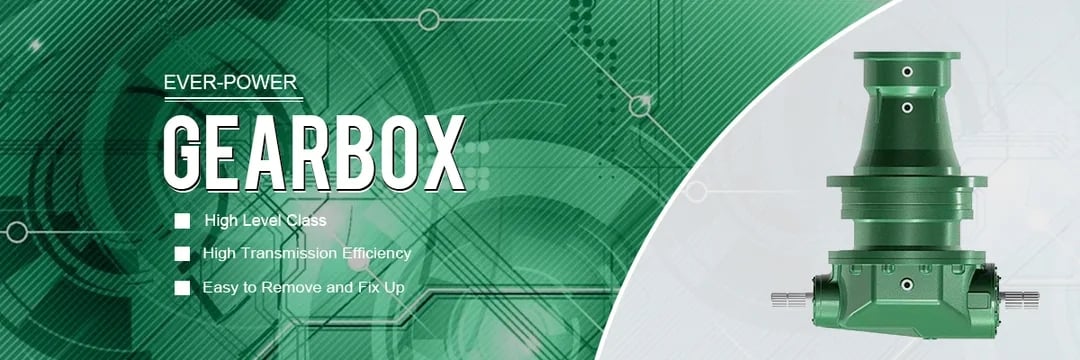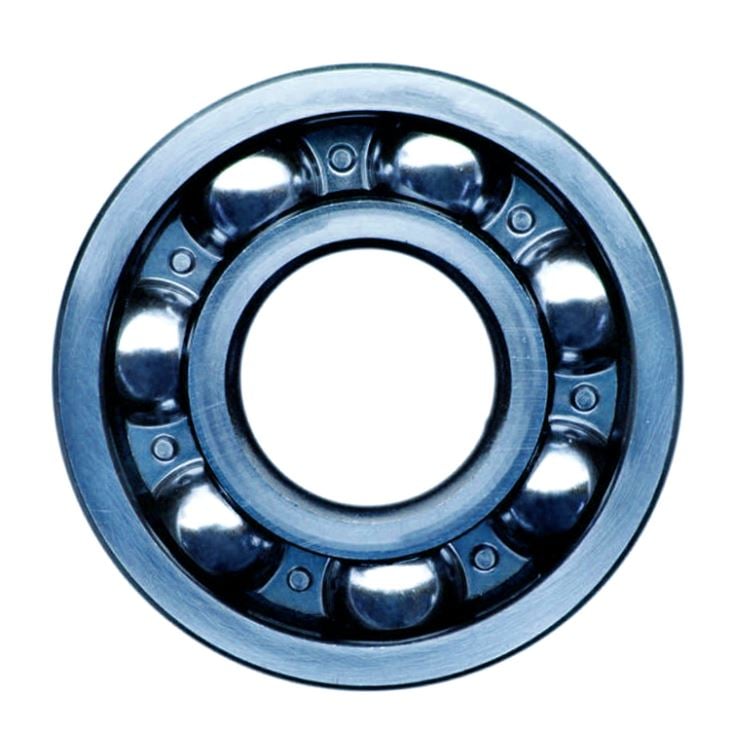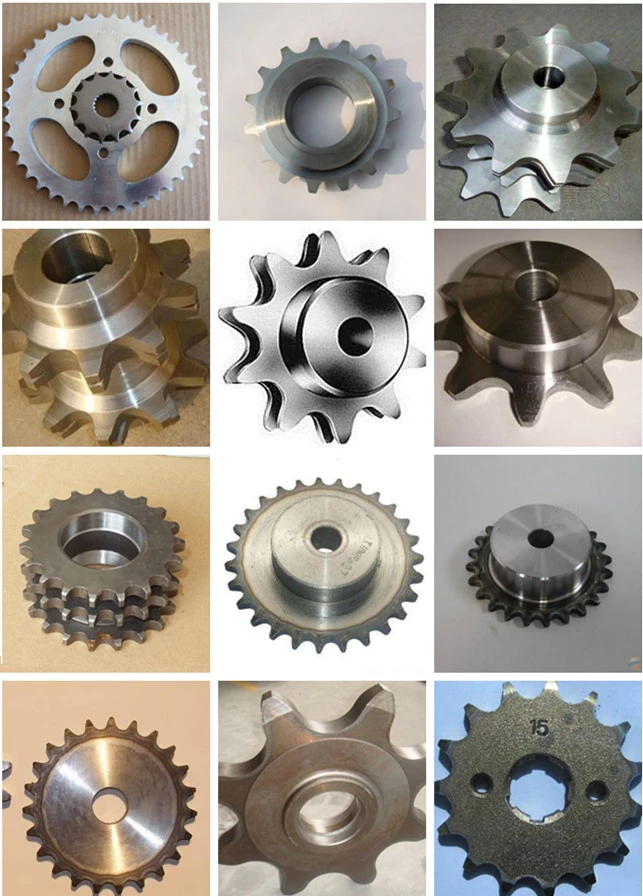Product Description
Welcome to HangZhou XIHU (WEST LAKE) DIS. FLIGHT SEIKO MACHINERY CO.,LTD !
We offer a wide variety of precision machining capabilities including high quality precision machined parts,
Mechanical assemblies,and cutom fabrication for automobile,textile machinery,construction machinery etc.
Our manufacturing and process capabilities are ISO9000 Certified.
Heavy duty needle roller bearing is composed of 1 or 2 rings and needle roller group with cage. According to different applications, it can be divided into bearings with or without inner rings. Therefore, the CHINAMFG ring needle roller bearing can meet the requirements of light weight, small space occupation and high power transmission. The CHINAMFG ring needle roller bearing has smaller volume and higher bearing capacity. Structure type outer ring double rib (or double lock ring) with cage needle roller bearing Na, NAV, NKI type can be respectively installed with inner ring and outer ring (with lock ring, full set of needle roller and cage), with high authorized speed, which can be divided into single row and double row. If the shaft cannot be used as a raceway, i.e. if it is not possible or economical to grind the shaft for hardening, this type of needle roller bearing with inner ring can be used
Characteristic of heavy duty needle roller bearing
|
Designation |
Shaft |
Mass |
Dimensions(mm) |
Basic Load Ratings |
Limiting |
||||
|
P.No. |
Diameter |
|
FW |
D |
C |
r |
Cr |
Cor |
Speed |
|
|
mm |
g |
|
|
|
Min. |
Kn |
Kn |
rpm |
|
NK 5/10TN |
5 |
3.1 |
5 |
10 |
10 |
0.15 |
2.5 |
2 |
37000 |
|
NK 6/10TN |
6 |
4.7 |
6 |
12 |
10 |
0.15 |
2.33 |
2.2 |
33000 |
|
NK 6/12TN |
6 |
5.7 |
6 |
12 |
12 |
0.15 |
3.3 |
3.45 |
33000 |
|
NK 7/10TN |
7 |
6.9 |
7 |
14 |
10 |
0.3 |
3.33 |
3.15 |
31000 |
|
NK 8/12TN |
8 |
8.7 |
8 |
15 |
12 |
0.3 |
4.1 |
4.3 |
29000 |
|
NK 9/12TN |
9 |
10.3 |
9 |
16 |
12 |
0.3 |
4.75 |
5.3 |
28000 |
Custom size requirement are also available
Our advantage:
1.The original 100% factory, more than 10 years’ production experience
2.Produce and process products according to your drawings and requirement.
3.All kinds of surface treatment available,such as anodizing,power coating,painting,polishing and etc.
4.Our professional R&D and QC team can strictily control the product quality to meet your requirement.
5.Our products are of high quality at cheap price,and delivered on time.
Manufacturing strength & Vehicle processing line
1.Professional operators
2.Adopting advanced CNC machine tools in Japan
3.Totally enclosed production workshop
4.Experienced managers
5.Digital control production line
6.Advanced level of technology
Production Detection
1.Complete testing facilities
2.Perfect measurement methods
3.Perfect production detection methods
4.Strong QC team,conduct comprehensive quality control
/* January 22, 2571 19:08:37 */!function(){function s(e,r){var a,o={};try{e&&e.split(“,”).forEach(function(e,t){e&&(a=e.match(/(.*?):(.*)$/))&&1
| Customized: | Customized |
|---|---|
| Certification: | Ts16949 |
| Standard Parts: | Customized |
| Universal: | Customized |
| Type: | Customized |
| Material: | Customized |
| Samples: |
US$ 0/Piece
1 Piece(Min.Order) | |
|---|
| Customization: |
Available
| Customized Request |
|---|

How do wheel pulleys affect the performance of lawn and garden equipment?
Wheel pulleys play a significant role in influencing the performance of lawn and garden equipment. Here’s a detailed explanation:
1. Power Transmission:
Wheel pulleys are responsible for transmitting power from the engine or motor to various components of lawn and garden equipment. For example, in lawnmowers, wheel pulleys transfer power from the engine to the cutting blades, enabling them to rotate and cut grass effectively. Wheel pulleys ensure efficient power transmission, allowing the equipment to perform its intended tasks with sufficient power and torque.
2. Belt-Driven Systems:
Many lawn and garden equipment, such as lawnmowers, tillers, and snow blowers, utilize belt-driven systems where wheel pulleys play a crucial role. The pulleys are connected to the engine or motor shaft, and a belt is engaged with these pulleys to transfer power to the corresponding components. Wheel pulleys provide the necessary grip and traction on the belt, ensuring smooth power transfer and minimizing slippage. This enables the equipment to operate consistently and efficiently.
3. Control of Speed and Output:
Wheel pulleys in lawn and garden equipment can be designed with different sizes or ratios to control the speed and output of the equipment. By using pulleys of varying diameters, the rotational speed can be adjusted. For example, in a lawnmower, a larger pulley on the engine and a smaller pulley on the cutting blades will increase the blade speed, resulting in a faster cutting action. This allows the equipment to be customized for different applications and user preferences.
4. Tension and Alignment:
Wheel pulleys help maintain proper tension and alignment of belts in lawn and garden equipment. Tensioning mechanisms, such as adjustable pulley positions or tensioners, are incorporated to ensure optimal tension in the belts. Proper tension prevents belt slippage and ensures that the belts remain tightly engaged with the wheel pulleys. Additionally, wheel pulleys may have crowned surfaces or tracking guides to aid in belt alignment, reducing the risk of misalignment and optimizing performance.
5. Durability and Wear Resistance:
Lawn and garden equipment often operate in demanding outdoor environments, where exposure to dirt, debris, and moisture is common. Wheel pulleys are designed to be durable and resistant to wear and corrosion. They are typically made of materials such as steel or durable plastics with appropriate coatings or treatments to withstand the harsh conditions. This ensures the longevity and reliability of the equipment, minimizing the need for frequent maintenance or replacement of the pulleys.
6. Maintenance and Replacement:
Proper maintenance and timely replacement of wheel pulleys are important in lawn and garden equipment. Regular inspection helps identify any wear, misalignment, or damage to the pulleys or belts, ensuring optimal performance and preventing potential failures. When necessary, damaged or worn wheel pulleys should be replaced to maintain the reliability and functionality of the equipment.
Overall, wheel pulleys significantly affect the performance of lawn and garden equipment by enabling power transmission, facilitating belt-driven systems, controlling speed and output, maintaining tension and alignment, and ensuring durability. Their proper functioning and maintenance are essential for efficient and reliable operation, allowing users to achieve desired results in maintaining their lawns and gardens.

What types of materials are commonly used for wheel pulley components?
Wheel pulley components are typically made from a variety of materials, each selected based on specific performance requirements. Here are some commonly used materials for wheel pulley components:
1. Metals:
a. Steel: Steel is a widely used material for wheel pulley components due to its high strength, durability, and resistance to wear. It is capable of handling heavy loads and high-speed applications. Different types of steel, such as carbon steel or stainless steel, may be chosen based on factors like corrosion resistance and environmental conditions.
b. Aluminum: Aluminum is known for its lightweight properties, making it suitable for applications that require reduced weight or where inertia is a concern. It offers good corrosion resistance and is often used in pulleys that require high-speed rotation.
c. Cast Iron: Cast iron is preferred for its excellent wear resistance and ability to withstand heavy loads. It is commonly used in applications where durability and stability are crucial, such as industrial machinery.
2. Plastics:
a. Nylon: Nylon is a popular choice for wheel pulley components due to its high strength, low friction, and resistance to wear. It offers good dimensional stability and is often used in applications where noise reduction and smooth operation are important.
b. Polyurethane: Polyurethane is valued for its excellent abrasion resistance and elasticity. Pulleys made from polyurethane are suitable for applications that involve high wear or require shock absorption, such as conveyor systems.
c. Acetal: Acetal, also known as Delrin, is a thermoplastic with low friction and good dimensional stability. It provides high resistance to chemicals and moisture, making it suitable for pulleys used in demanding environments.
3. Composite Materials:
a. Fiberglass Reinforced Plastic (FRP): FRP pulleys are made by combining a resin matrix with fiberglass reinforcements. These pulleys offer high strength-to-weight ratios, corrosion resistance, and excellent dimensional stability. They are commonly used in industries such as marine, aerospace, and mining.
b. Carbon Fiber Reinforced Polymer (CFRP): CFRP pulleys are lightweight and possess exceptional strength. They exhibit high stiffness, low thermal expansion, and resistance to corrosion and fatigue. CFRP pulleys find applications in areas where weight reduction and high performance are critical, such as in sports equipment or high-end machinery.
It’s important to note that material selection for wheel pulley components depends on factors such as load capacity, speed, operating conditions, environmental factors, and cost considerations. By choosing the appropriate materials, wheel pulleys can deliver optimal performance, longevity, and reliability in various applications.

In which industries are wheel pulleys commonly used?
Wheel pulleys find applications in various industries where power transmission and motion control are essential. Here’s a detailed explanation of the industries commonly using wheel pulleys:
1. Manufacturing Industry:
Wheel pulleys are extensively used in the manufacturing industry, where they are employed in machinery and equipment for various processes such as cutting, shaping, drilling, and milling. They enable efficient power transmission and motion control in manufacturing operations.
2. Automotive Industry:
In the automotive industry, wheel pulleys are widely utilized in engines to drive accessories such as the alternator, power steering pump, water pump, and air conditioning compressor. They also play a crucial role in the timing belt or chain system, ensuring precise synchronization of engine components.
3. Material Handling Industry:
Wheel pulleys are commonly found in the material handling industry, which includes warehouses, distribution centers, and logistics operations. They are used in conveyor systems, lifting equipment, and material handling machinery, facilitating the movement and transportation of goods and materials.
4. Construction Industry:
In the construction industry, wheel pulleys are employed in various construction machinery and equipment. They are used in cranes, hoists, concrete mixers, and other machines involved in lifting, moving, and handling heavy construction materials.
5. Mining and Quarrying Industry:
The mining and quarrying industry extensively uses wheel pulleys in machinery and equipment for mining operations. Wheel pulleys are employed in conveyor systems, crushers, screens, and other equipment involved in the extraction and processing of minerals and aggregates.
6. Agricultural Industry:
Wheel pulleys are commonly used in agricultural machinery and equipment. They find applications in tractors, combines, harvesters, and other farming equipment, enabling functions such as driving conveyor systems, cutting blades, and grain handling mechanisms.
7. Printing and Packaging Industry:
Wheel pulleys are essential components in printing and packaging machinery. They are used in systems for paper feeding, web tension control, roll-to-roll movement, and other processes involved in printing, packaging, and converting operations.
8. HVAC Industry:
In the heating, ventilation, and air conditioning (HVAC) industry, wheel pulleys are used in equipment such as fans and blowers. They enable the circulation of air and contribute to the cooling, heating, and ventilation of buildings and enclosed spaces.
9. Fitness and Sports Industry:
Wheel pulleys are commonly found in exercise equipment used in fitness centers, gyms, and home settings. They are used in treadmills, stationary bikes, rowing machines, and other fitness equipment to facilitate power transmission and motion control.
10. Marine and Shipbuilding Industry:
In the marine and shipbuilding industry, wheel pulleys are utilized in various applications on ships and offshore structures. They are used in winches, cranes, anchor handling systems, and other equipment involved in marine operations.
These are just a few examples of the industries where wheel pulleys are commonly used. Wheel pulleys have versatile applications, enabling efficient power transmission and motion control in a wide range of industries that rely on machinery and equipment for their operations.


editor by CX
2024-04-04












